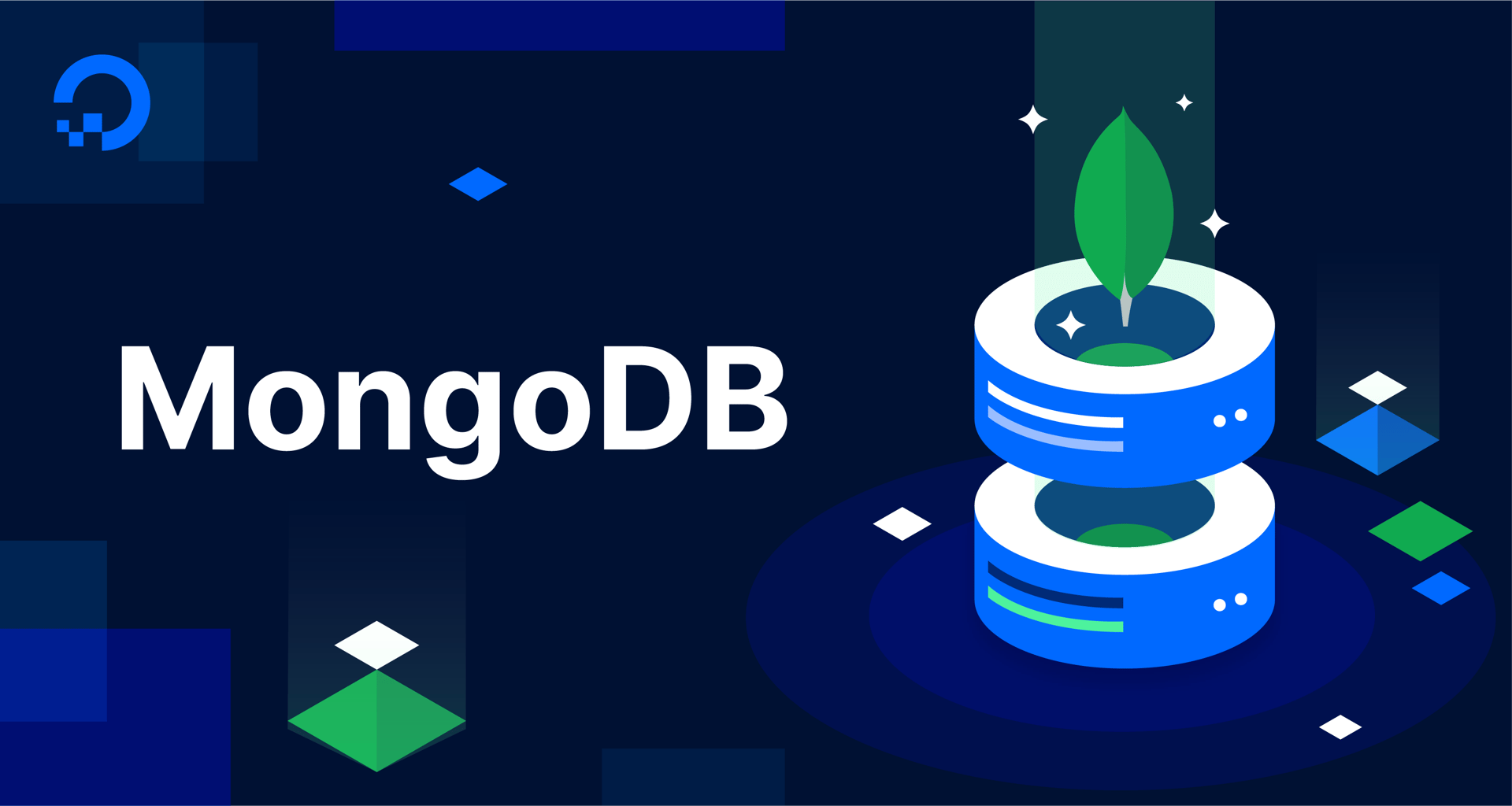- Log in to:
- Community
- DigitalOcean
- Sign up for:
- Community
- DigitalOcean
By Mark Drake
Manager, Developer Education

Encryption is the process of converting a piece of information from plaintext, the information’s original form, into ciphertext, an unreadable form that can only be read by a person or computer that has the right cipher to decrypt it. If a malicious actor were to intercept a piece of encrypted data, they wouldn’t be able to read it until they’re able to decrypt it.
You can encrypt communications between your MongoDB instance and whatever clients or applications need access to it by configuring it to require connections that use Transport Layer Security, also known as TLS. Like it’s predecessor, Secure Sockets Layer (SSL), TLS is a cryptographic protocol that uses certificate-based authentication to encrypt data as it’s transmitted over a network.
Note that TLS only encrypts data as it moves over a network, otherwise known as data in-transit. Even if you’ve configured Mongo to require connections to be made with TLS, the static data stored on the database server, called data at rest, will still be unencrypted. It isn’t possible to encrypt data at rest with the free Community Edition of MongoDB, but it is possible with Mongo’s paid subscription-based Enterprise Edition.
Even with both encryption-at-rest and encryption-in-transit enabled, though, your sensitive data could potentially still be accessed by an unapproved user. Consider, for example, a scenario where you’ve deployed a sharded NoSQL document database to store data for an ice cream delivery application you’ve developed. The database management system allows you to encrypt data at rest, which you enable, and you also configure it to require encrypted TLS connections between the shards as well as any clients.
In this example situation, when a customer places an order they’re asked to submit a few pieces of sensitive information, like their home address or their credit card number. The application then writes this information to the database in a document, like this:
{
"name" : "Sammy Shark",
"address" : {
"street" : "602 Surf Ave",
"city" : "Brooklyn",
"state" : "New York",
"zip" : 11224
},
"phone" : "555-555-1234",
"creditcard" : "1234567890123456"
}
This is a potential security vulnerability, since anyone who has privileges to access the database could see and take advantage of your customers’ sensitive information.
To help mitigate this type of risk, since version 4.2 the official MongoDB drivers allow you to perform client-side field level encryption. This means that, when properly configured, an application can encrypt certain fields within a document before the data is sent to the database. Once the data has been written to the database, only applications or clients that can present the correct encryption keys will be able to decrypt and read the data in these fields. Otherwise, the data document would look similar to this, assuming the street, city, zip, phone, and creditcard fields have been encrypted on the client’s side:
{
"name" : "Sammy Shark",
"address" : {
"street" : BinData(6,"eirefi3eid5feiZae9t+oot0noh9oovoch3=iethoh9t"),
"city" : BinData(6,"xiesoh+aiveez=ngee1yei+u0aijah2eeKu7jeeB=oGh"),
"state" : "New York"
"zip" : BinData(6,"CoYeve+ziemaehai=io1Iliehoh6rei2+oo5eic0aeCh")
},
"phone" : BinData6,"quas+eG4chuolau6ahq=i8ahqui0otaek7phe+Miexoo"),
"creditcard" : BinData6,"rau0Teez=iju4As9Eeyiu+h4coht=ukae8ahFah4aRo="),
}
MongoDB stores encrypted values as binary data, as indicated by the BinData class labels in the previous example. The 6 in each value represents the binary subtype in which the data is stored, and indicates the kind of binary data that’s been encoded. Values that have been encrypted with Mongo’s client-side field level encryption always use subtype 6.
Related Resources
Thanks for learning with the DigitalOcean Community. Check out our offerings for compute, storage, networking, and managed databases.
Tutorial Series: MongoDB Security: Best Practices to Keep Your Data Safe
MongoDB, also known as Mongo, is a document database used in many modern web applications. As with any database management system, it’s critical that those responsible for managing a Mongo database adhere to the recommended security best practices, both to prevent data from being lost in the event of a disaster and to keep it out of the hands of malicious actors.
This series of conceptual articles provides a high-level overview of MongoDB’s built-in security features while also highlighting some general database security best practices.
Browse Series: 6 tutorials
About the author
Former Technical Writer at DigitalOcean. Focused on SysAdmin topics including Debian 11, Ubuntu 22.04, Ubuntu 20.04, Databases, SQL and PostgreSQL.
Still looking for an answer?
This textbox defaults to using Markdown to format your answer.
You can type !ref in this text area to quickly search our full set of tutorials, documentation & marketplace offerings and insert the link!
- Table of contents
Deploy on DigitalOcean
Click below to sign up for DigitalOcean's virtual machines, Databases, and AIML products.
Become a contributor for community
Get paid to write technical tutorials and select a tech-focused charity to receive a matching donation.
DigitalOcean Documentation
Full documentation for every DigitalOcean product.
Resources for startups and SMBs
The Wave has everything you need to know about building a business, from raising funding to marketing your product.
Get our newsletter
Stay up to date by signing up for DigitalOcean’s Infrastructure as a Newsletter.
New accounts only. By submitting your email you agree to our Privacy Policy
The developer cloud
Scale up as you grow — whether you're running one virtual machine or ten thousand.
Get started for free
Sign up and get $200 in credit for your first 60 days with DigitalOcean.*
*This promotional offer applies to new accounts only.
